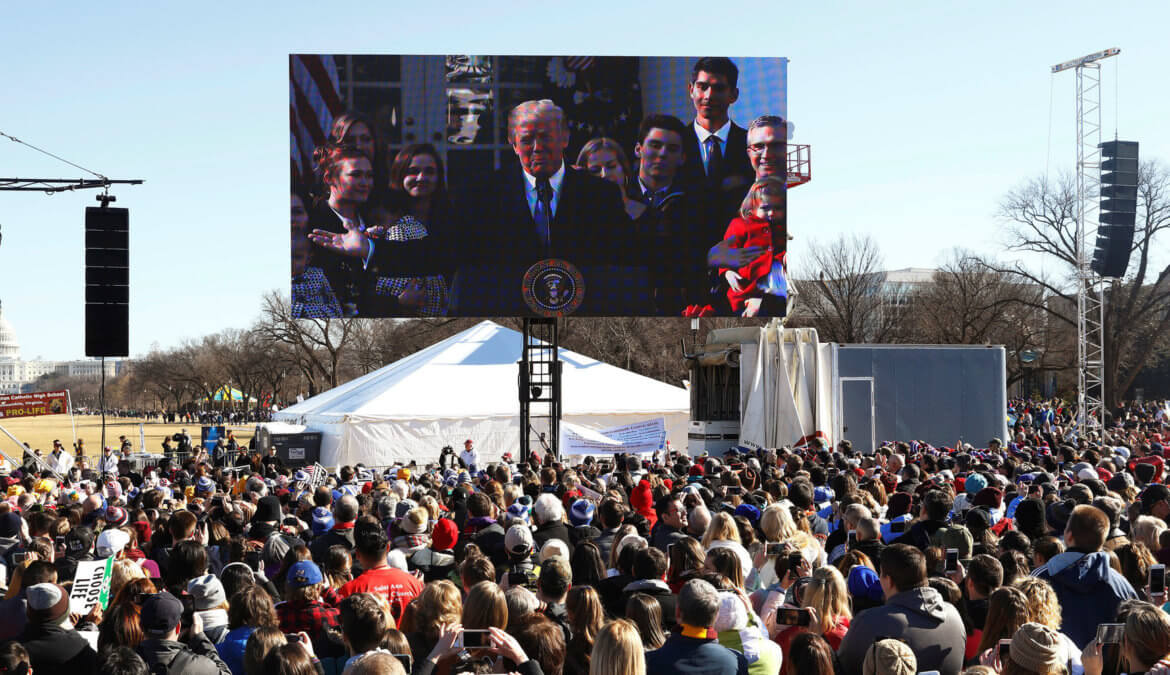From one of the most important organizations in the nation, National Network of Abortion Funds, written by Stephanie Poggi.
Stephanie Poggi provides a clear, historically accurate account of the Obama Administration’s failure to advocate for women’s reproductive rights.
“If recent statements are any indication, the Obama Administration would very much like to rewrite what it means to be “pro-choice.†The Administration continues to claim that it supports the right of a woman to make her own decision about whether and when to have a child. But it turns out that the Administration only stands firm when that woman has economic resources.
It’s more than a contradiction in terms and much more than a “compromise†to deny access to abortion care to a low-income woman. The 120,000 women who called our abortion funding hotline for help last year can tell you what it really means. Not having enough food for the children you already have. Having the electricity shut off because you need that money to pay for an abortion. Selling your car, even though you need it to get to work. Not being able to return to college next semester.
Yes, we understand that many in Congress would like to end the legal status of abortion altogether. Because funding restrictions are a step toward that goal, capitulation will only embolden our opponents and get us even more onerous obstacles blocking a low-income woman’s path to an abortion.
The reproductive rights, health, and justice communities will fight – until we win – for the ability of every single woman to make the decision she feels is best for herself and her family. We will keep working until we have restored federal Medicaid coverage of abortion – and ensured it is once again available on the same terms as coverage for women continuing a pregnancy. Because nothing less will guarantee that a woman can make this fundamental decision for herself. Our commitment to the lives and futures of women and families prompted us to express our concern and disappointment when Secretary Sebelius recently went out of her way to disavow public funding. Joined by over 50 organizations in the reproductive rights and justice communities, the National Network of Abortion Funds and Catholics for Choice wrote to the Secretary after she was quoted in the press as saying that, “Federal funds have never supported abortion, do not support abortion, will not support abortion.â€
The Executive Office of the President quickly followed Secretary Sebelius’s remarks with a “Statement of Administration Policy†promising that the Administration “will strongly oppose legislation that unnecessarily restricts women’s reproductive freedoms and consumers’ private insurance options,†but it simultaneously outlined all of the steps the Administration has taken to bolster “[l]ongstanding Federal policy [that] prohibits federal funds from being used for abortions†– in other words, all of the Administration’s actions to shore up the federal ban on Medicaid funding for abortion. These actions include accepting a ban on funding in the health reform law and reinforcing that ban by issuing an Executive Order. Apparently the Administration believes that only women with private insurance are entitled to full “reproductive freedom and access to health care†– otherwise, how can restrictions on funding for low-income women not “unnecessarily†restrict women’s rights?
This Statement of Administration Policy recalls President Obama’s claim during the health care debate that, “I’m pro-choice, but I think we also have the tradition in this town, historically, of not financing abortions as part of government-funded health care.†There are many traditions in the nation’s capital and the United States that our elected officials now rightly reject, including racial segregation and blatant sex discrimination.
Setting the Record Straight
Secretary Sebelius is wrong when she insists that federal funds “have never supported abortion.†After the U. S. Supreme Court decriminalized abortion in 1973, Medicaid included abortion in its health care services. After all, Medicaid exists to provide health care to low-income families and individuals and abortion is a legal medical procedure. At that time, Medicaid paid for about one-third of all abortions, clearly demonstrating the need for federal funding of abortion. Looking at the situation today, we know that lower-income women seek abortions at higher rates, a reflection of the greater barriers they face to affordable contraception and also the enormous challenge of raising children in a tight job market. This reality underscores the continuing need for federal funding of both contraception and abortion for women living in poverty.
It was only after Representative Henry Hyde (R-IL) introduced the amendment that now bears his name that Congress rescinded payments for abortion under Medicaid, absent one of a few circumstances: rape, incest, or a life-threatening pregnancy. As the years went by, conservative lawmakers attached riders to virtually every appropriations bill containing a federally-funded health care program, restricting access to abortion for millions of women. Once Congress cut off funding, a majority of states eventually followed suit. Today, only a third of the states cover abortion care for women enrolled in Medicaid, for which they receive no federal reimbursement.
When health care experts make decisions about what types of health services to cover, abortion is usually included, as seen in the early years of federal Medicaid coverage as well as the 80 percent of private insurance plans that cover abortion care. When conservative politicians make those decisions, abortion is excluded.
Connecting Rights to Resources
The Obama Administration did take one step toward dismantling economic barriers to abortion, when it restored the right of home rule to the District of Columbia so that the District could use its own local tax revenues to pay for abortions under Medicaid. This funding was a lifeline for many of the District’s low-income and downright poor residents, faced with the worst recession in decades. But the Administration bargained away even this measure of progress in the recent negotiations over the FY 2011 spending bill. When Congress reinstated the ban on funding in D.C., clinics saw a rash of cancelled appointments by women who had just had the financial rug pulled out from under them.
A woman enrolled in Medicaid in D.C. represents exactly the groups of women hit hardest by funding bans – low-income, disproportionately of color, and often young. While every woman deserves access to the full range of reproductive health care no matter the source of her insurance, it is low-income women who suffer the most when health insurance excludes abortion. It is these women who really need the President and his Administration to stand up for their rights. Federal funding is a key ingredient to ensure that every woman, rich or poor, can make the decision that is right for her and her family, given the life circumstances she knows best.
The Democratic Party acknowledges as much, stating that “The Democratic Party strongly and unequivocally supports Roe v. Wade and a woman’s right to choose a safe and legal abortion, regardless of ability to pay, and we oppose any and all efforts to weaken or undermine that right.â€
Governments in other countries increasingly recognize the need to ensure that women can exercise their reproductive rights by allocating funding to pay for the implementation of those rights. For example, when the legislative assembly in Mexico City adopted a new policy to legalize abortion, it made sure that women in need would be able to access care regardless of their financial situation.
And as one woman who described her decision to join the Network’s national fundraising campaign put it, “The right to choose without federal funding for abortion is like the right to an education without a public school system†– in other words, a privilege of those with economic resources, not a right at all.
It is well past time for the federal government to restore funding of abortion. Access for low-income women demands government action; women without economic resources are the ones who most need public policies to guarantee their rights. Along with our allies in the reproductive health, rights, and justice movements, we will press forward to expand access to abortion for lower-income women, and to persuade the Obama Administration to do its part.”



